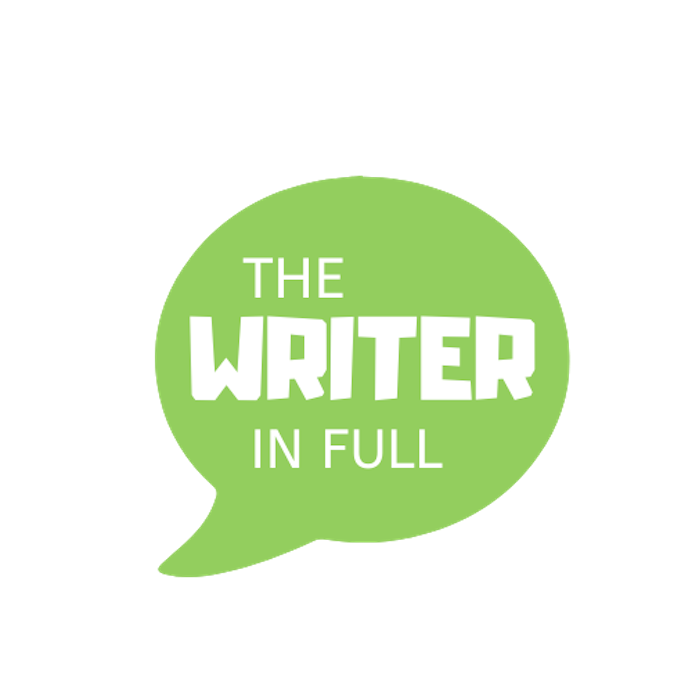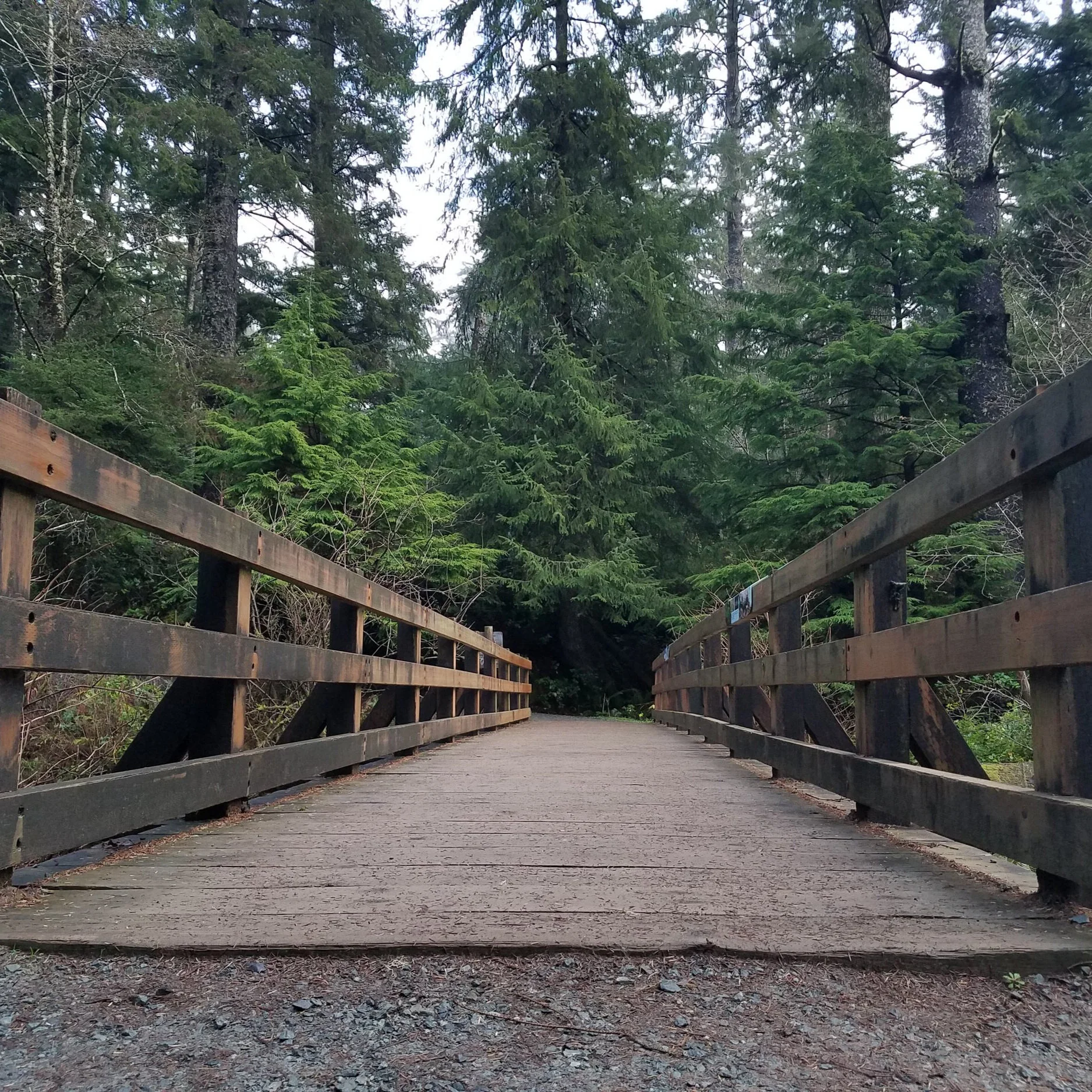Other Plans
“Art is what makes life more interesting than art.”
-Robert Filliou
Here’s a funny story: on our honeymoon in 2015, my husband and I visited the newly renovated Whitney Museum of American Art in New York.
I was dragging after our long-haul jaunt across the Northeast, but I perked up as we passed beneath the glittery façade.
We’d looked forward to the visit for weeks and had carefully studied the website to make sure we wouldn’t miss anything. I was particularly excited about the Jackson Pollocks.
My excitement was soon tempered though; the museum was packed, and we kept getting stuck behind a woman who had decided today was the day to start her two-year-old child’s cultural education.
You can’t really blame a toddler for mistaking a museum of modern art for a jungle gym — all those chunky floor installations in perky primary colors screaming, “CLIMB MEEEEE!”
But it was definitely harshing my mellow. The crowd kept pressing in, the kid kept squalling, and the woman kept hissing down at him, “Don’t TOUCH THAT! Can’t we just ENJOY THE ART?”
The night before, we’d grabbed cocktails and then stayed late at an interactive modernist play, donning white face masks and wandering through a building full of staged rooms alternately proffering blood-soaked fetal sacrifice scenes and enormous serve-yourself jars of old-timey hard candy. In a fit of nostalgia, I’d stuffed my purse with butterscotches. I’d eaten too many and felt incredibly nauseated.
As we were herded through the galleries, I began noting the location of the bathrooms, just in case. Then, spotting a terrace exit, I loosed myself from the crowds and escaped to an outdoor bench, where I sprawled out flat, eyes squinched shut.
A guard wandered by to inquire if I was alright. My freshly minted husband was right behind him with the same question.
Yeah, I was… kinda.
I was also now thoroughly convinced of a thing I’d suspected since the night before, when a splatter of fake blood had sprayed sickeningly across my arm in the fetal sacrifice room: I was pregnant.
Our time at the Whitney had come to an end. I needed to lie down in an actual bed.
So we skipped Ellis Island and headed back to our rental, where I slept the afternoon away. We flew home the next day.
In the years since, we’ve seen plenty more art, and we’ve also endured our own ritual public humiliations at the sticky hands of an uncooperative child.
We still sometimes laugh about our afternoon at the Whitney: the frazzled mother, the concerned guard, the dawning revelation I’d been knocked up on my honeymoon.
What we don’t talk about very much is the art.
That ultraviolent modernist play lingers vividly — not surprising, given my condition. But the details of what we saw at The Whitney are blurred.
“America is Hard to See.” That was the name of the main exhibit. This much I remember, aided by a few smartphone photos. Most of the rest is a hazy-yellow notion at this point, crowded out of the frame by the living that came after.
***
One thing about making books and paintings and art that they don’t teach you in school is this: People aren’t going to look to your art to help them solve their problems.
Because that is not what art is for.
This isn’t to say that art doesn’t occasionally achieve this feat in spite of itself.
One offhand example: NASA Astronaut Piers Sellers shot pictures of Earth from space en route to the International Space Station, and those photos of our planet, so tiny, so fragile, are sometimes credited with jumpstarting the global environmental movement.
Mostly, though, art is something we encounter in passing: the neighborhood graffiti, the books on the nightstand, the cheaply framed prints we stare at while we pee, the beloved movies we watch while cooking dinner, volume low.
Even a visit to a storied art gallery for the express purpose of admiring art is usually part of a longer day of touring around, and beset by hunger pangs, grumpy guards, and the whines of bored children who’d rather be in the giftshop.
American is definitely hard to see. So is a human the size of a poppy seed, and so is art itself.
But that complexity is a thing to be treasured, not dissected.
People come to art for a broader confirmation of what they’re already confronting.
Broad as a canvas, or broad as the galaxy; it doesn’t much matter; our job as artists is to affirm and reflect the known truths in sharper form, armed with a spoon rather than an anvil.
Art is paintspatter and a squalling toddler set loose in a gallery of fragile things.
It is bloodspatter and a grainy snapshot of a doomed planet spinning out of control.
It’s a tired woman with a purseful of butterscotches, reclining on a bench in New York’s high heat, in the fashion of Venus or Olympia, but make her frumpy and modern and abidingly distracted. Make her American, and pregnant, and prone to forget.
Cause mostly, art is everything that happens while you’re busy making more interesting plans.





